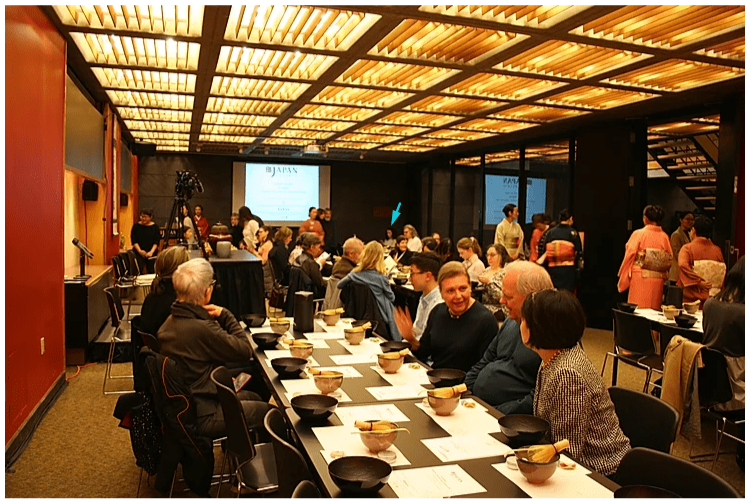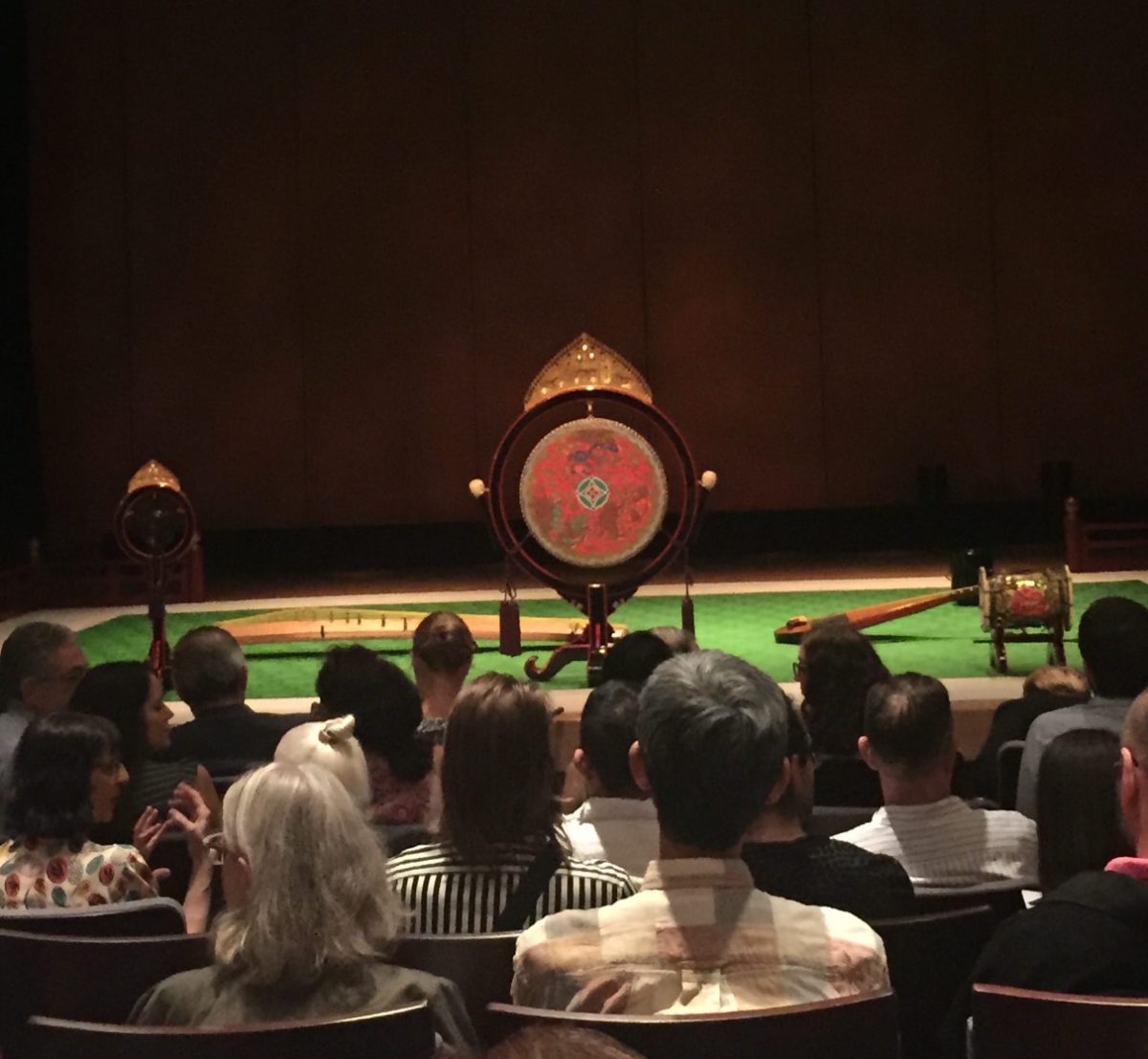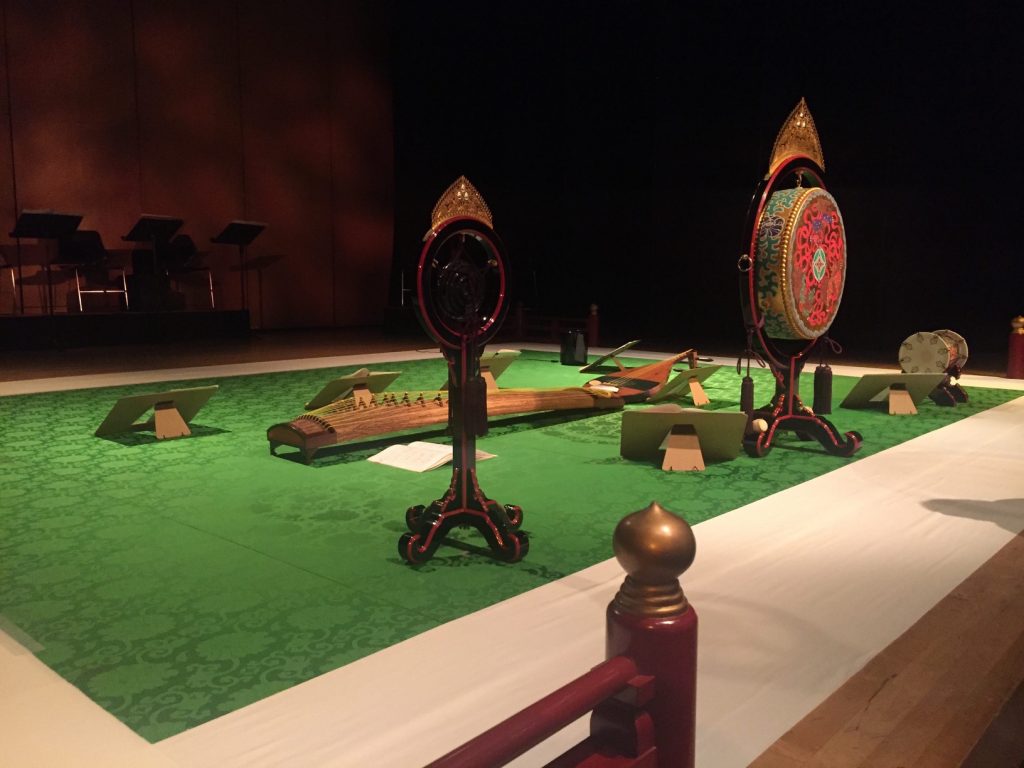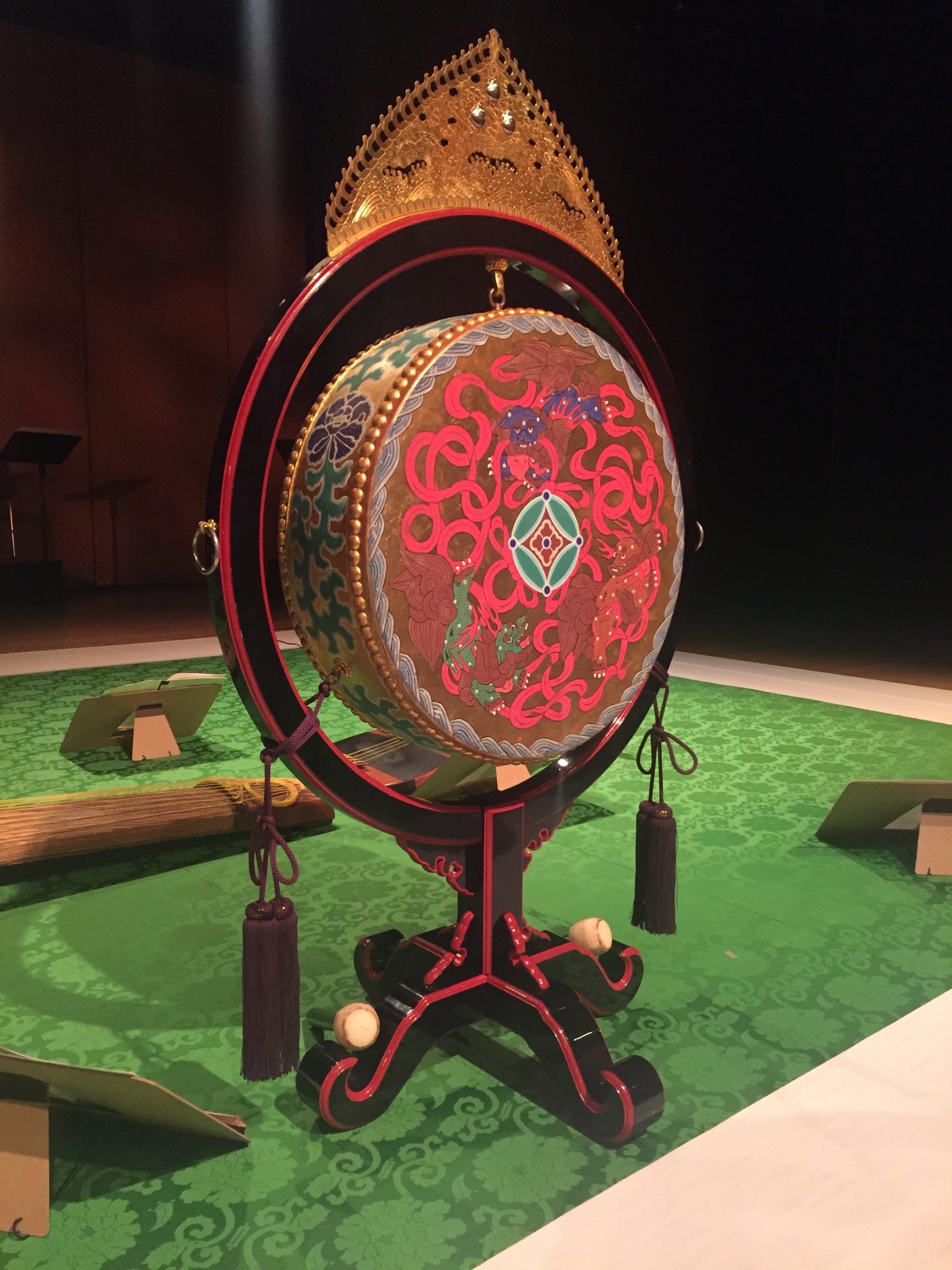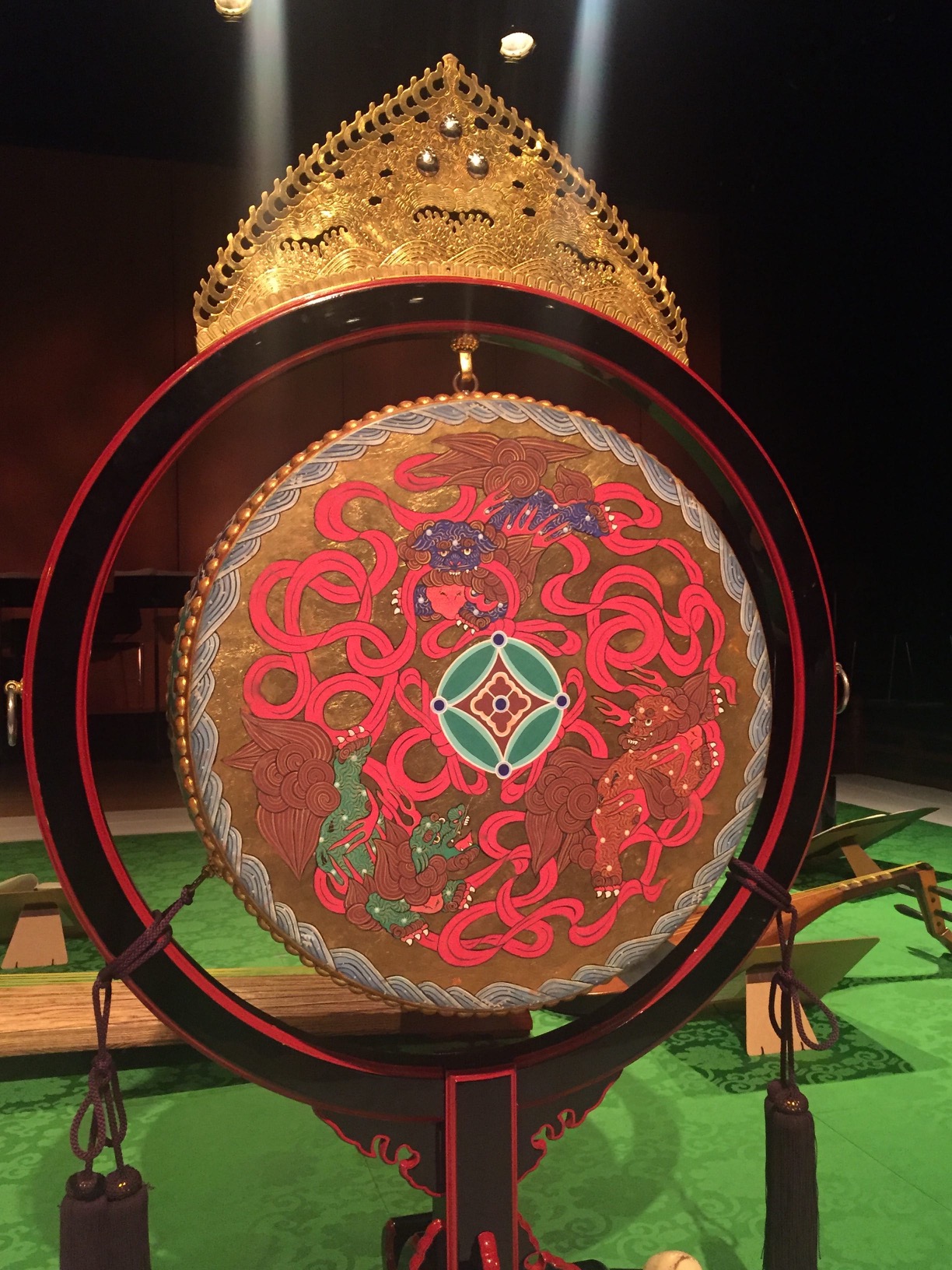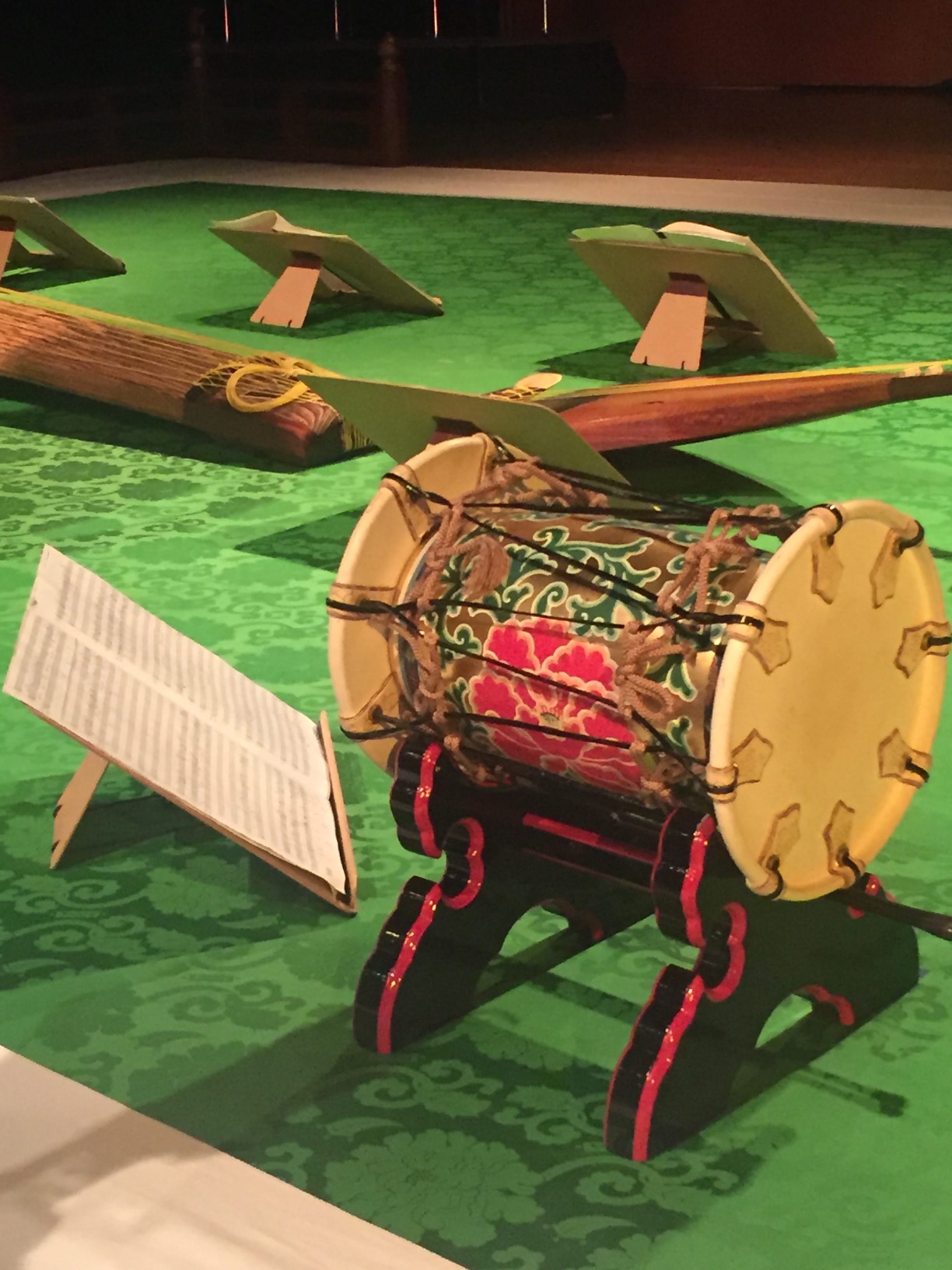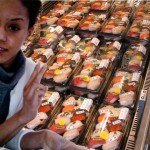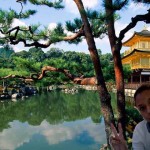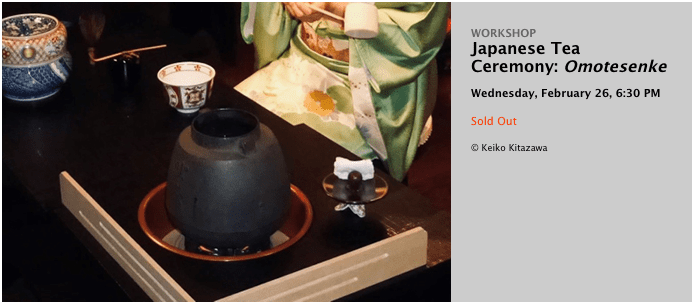
The Japanese art of tea ceremony is a time-honored tradition still widely practiced today, but with so many tools and so much etiquette, learning this beautiful practice can seem daunting. At our workshop, an instructor from the Omotesenke Domonkai Eastern Region USA school of tea ceremony will guide guests through the delicate steps of a traditional tea ceremony in a casual setup.
I forgot to write about this event I attended, from way back on 26 February, 2020. Given the number of world events that occurred since then, it kind of slipped my mind. It’s something I would write about, so I’m going to include it now.
History
We’re usually given pamphlets at most Japan Society events. I kept my mine, so here are a few basic facts:
Chanoyu is the green tea ceremony and Omotesenke is one of the schools of green tea ceremony. Members of the Omotesenke school taught our course. The other two schools are Urasenke and Mushanokojisenke.
“Sen no Rekyu established the basics of Chanoyu as it is practiced today.” Rikyu (1522-1591) was a tea master during the Momoyama period, and was a tea master for both Oda Nobunaga and Toyotomi Hideyoshi who were shoguns during his lifetime.
The Metropolitan Museum has a detailed essay, Japanese Tea Ceremony, that provides an overview of the history and culture surrounding this ceremony, and the development of “the simple and quiet form of Chanoyu called Wabicha”. This led to the wabi aesthetic, and there are examples of beautiful, wabi artifacts related to the tea ceremony on the Met website.
Tea Utensils
The pamphlet listed all the tea utensils, and we also had our own at our individual place settings.
- tea bowl
- Chaki, the container that holds the powdered tea
- Chashaku, the tea scoop
- Fukusa, the silk cloth for wiping the tea container
- Mizusashi, container for holding fresh water
- Kama and Hishaku, kettle of boiling water and ladle, respectively
- Kakemono, a scroll hung for guests
- Tokonama, alcove where scroll is hung
- Chaseki, the tea room
Overview
For the ceremony, first they demonstrated, then we got to try. They provided us with a little tin of matcha to take home. I didn’t take any photos this time, but there are a few on the Omotesenke website. Given the time that’s passed, don’t remember as much, but here are a few things I do remember:
One thing at a time. Something that gave the tea ceremony a more ceremonial feel was that there was no multi-tasking. For instance, no holding the tea cup while pouring the water. Put down the scoop before picking up the whisk. It was more meditative and slowed things down a bit.
A place for everything and everything in its place. We had little placemats for our tea settings showing where items should be placed before and sometimes after being used. It was very organized.
Very sweet desserts! There’s a type of sugary sweet that is served before the tea ceremony. To me, it tasted like a block of pure sugar! This was something I did not expect. We were told the reason is because green tea is kind of bitter and the sugar helps it taste nicer.
A few more questions
How does matcha differ from sencha, hojicha, or other green teas? From attending another event on green tea, I am much more informed about tea. All tea is made from the same plant. It’s only in the processing that determines if it’s black tea or green tea, etc. Most teas are steeped. Matcha is the actual tea leaves, that have been finely ground into a powder. So where green tea has many health benefits, it’s still only steeped in water. In matcha, you actually consume the leaf itself. But matcha has caffeine, so we were told to be careful of how much we added to our cups.
What do people talk about at a tea ceremony? I asked one of the two presenters if people talked to each other at the tea ceremony. She turned the question around and asked the group what they thought. People guessed that the ceremony was quiet and there was no talking at all. She said there can be some discussion, but usually only one person asks the questions to the host and talking is kept to a minimum. The focus is on the ceremony and the meditative atmosphere.
The actual tea ceremony didn’t last that long. I suppose I assumed it would be longer or more elaborate than it was. Maybe other activities like putting on a kimono or selecting the scroll would add to it.
PS – I didn’t take any photos, but one of the people from the tea school took one and I found a picture of me.
